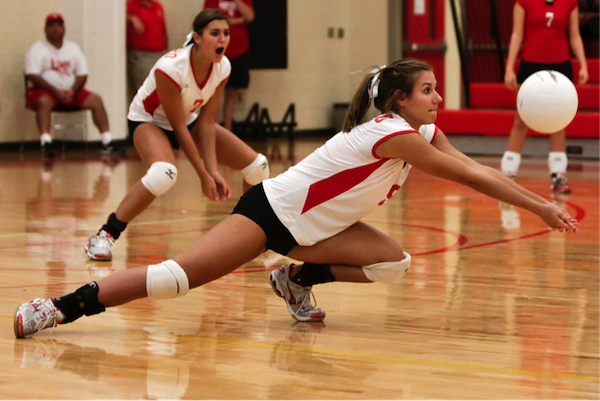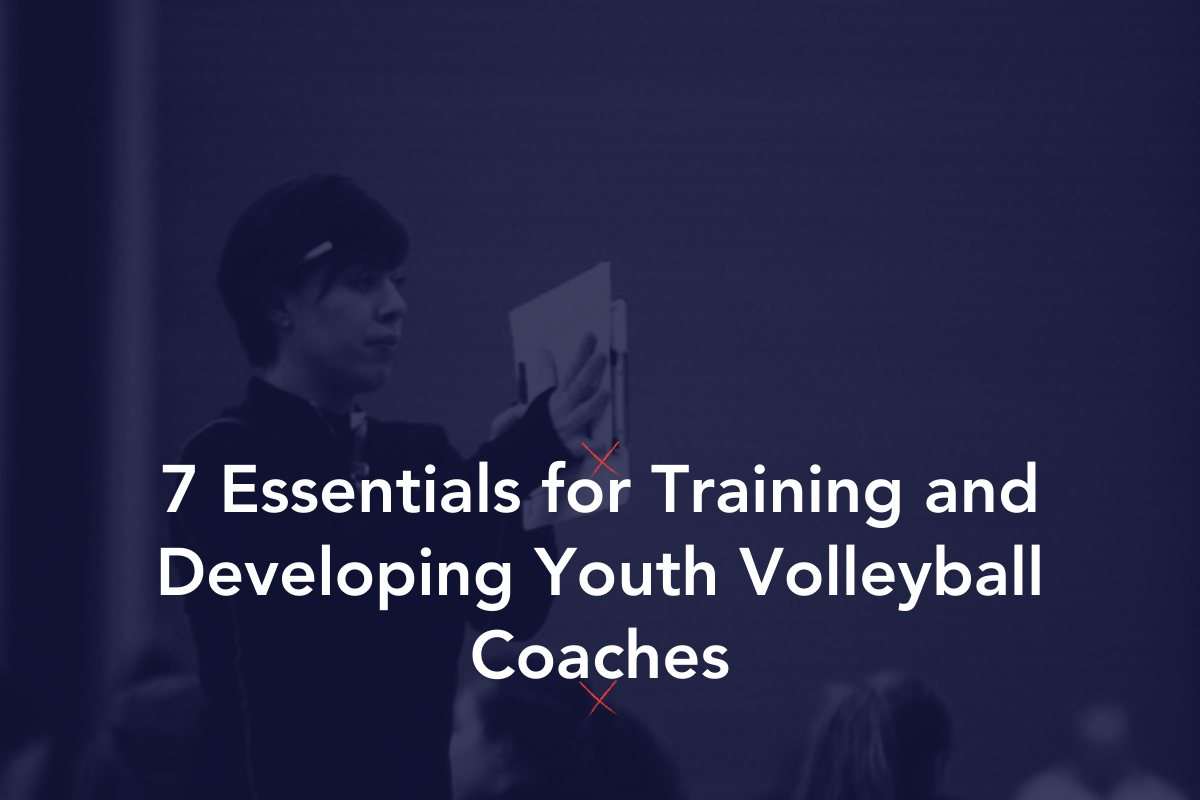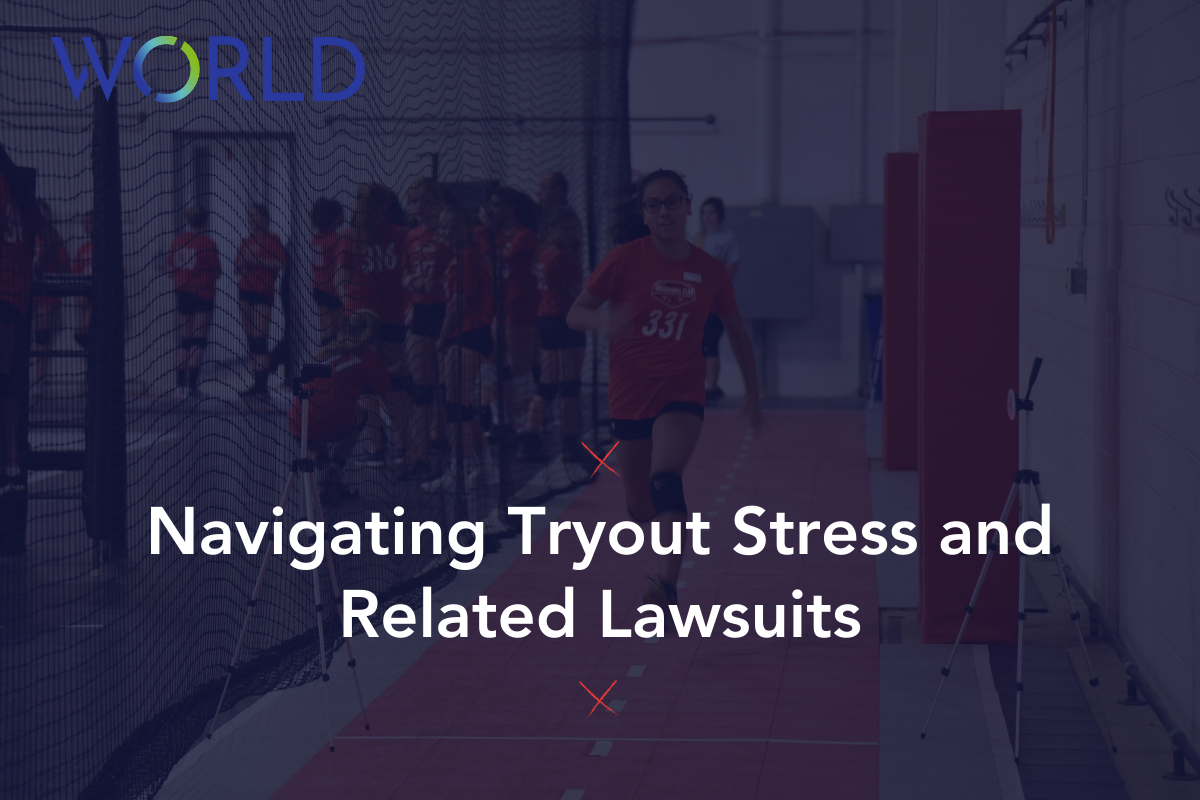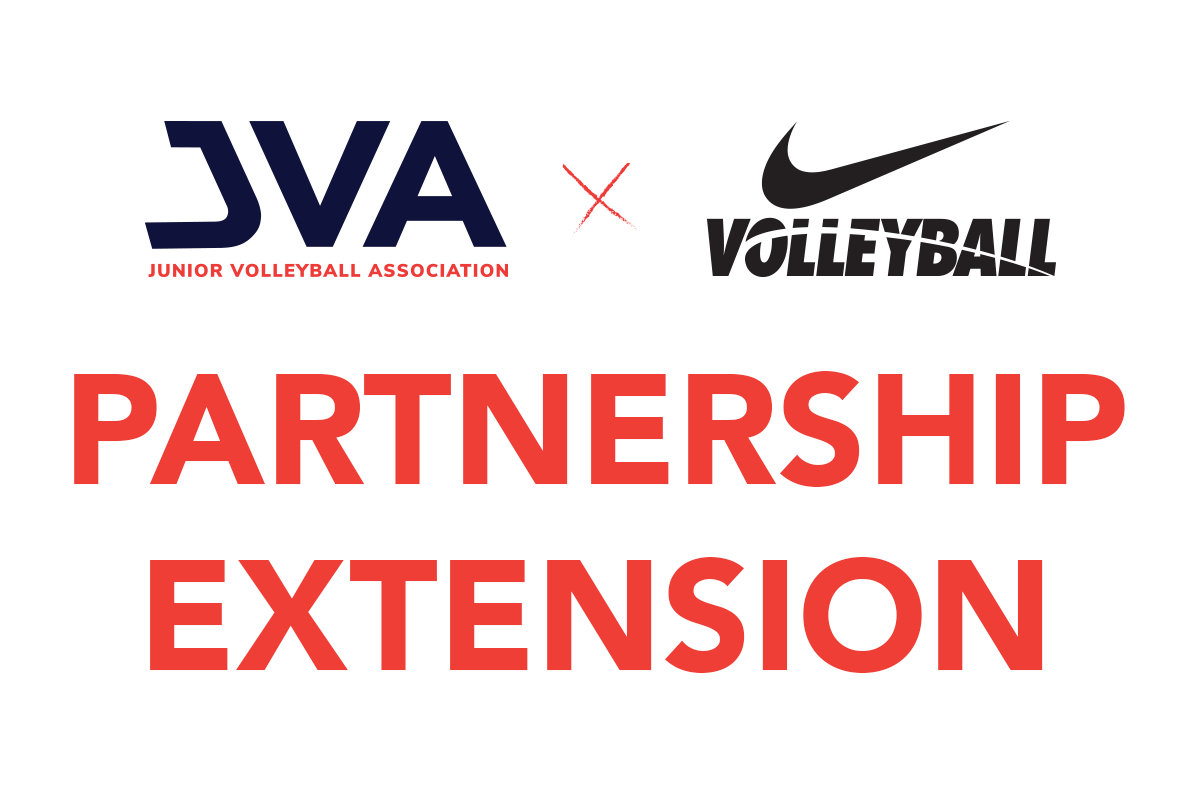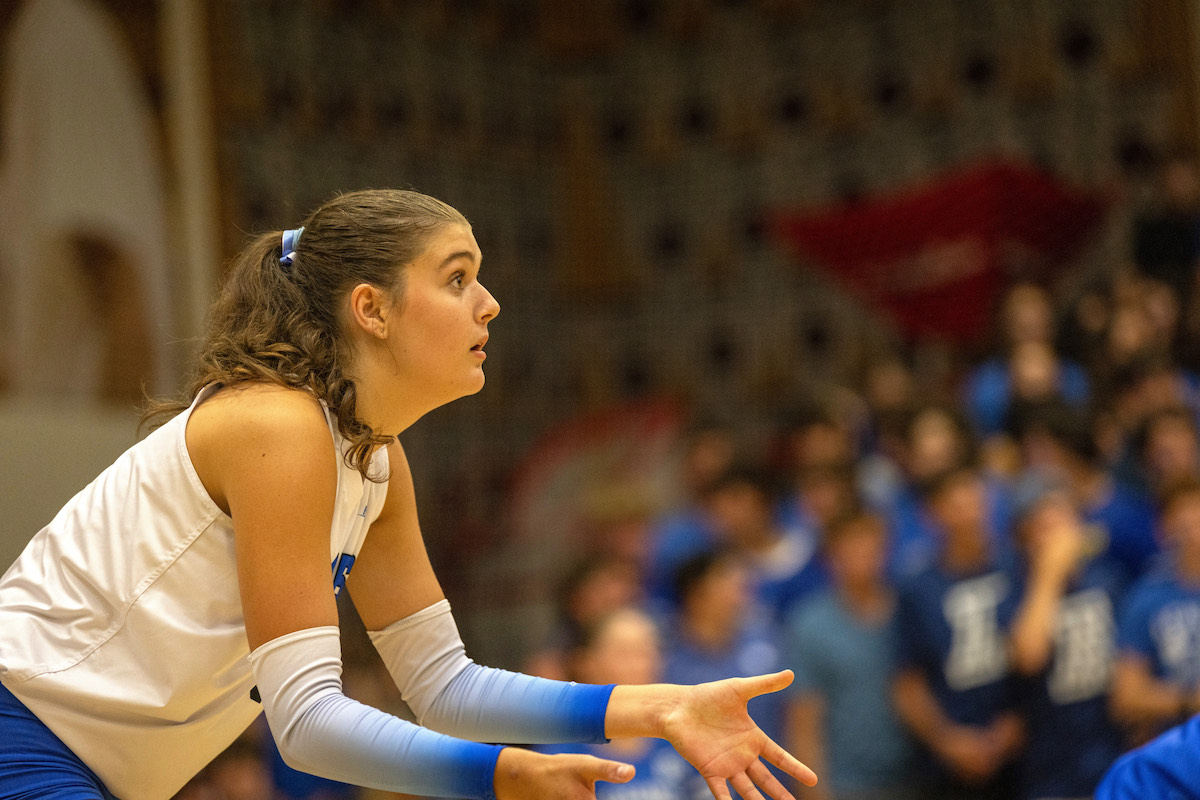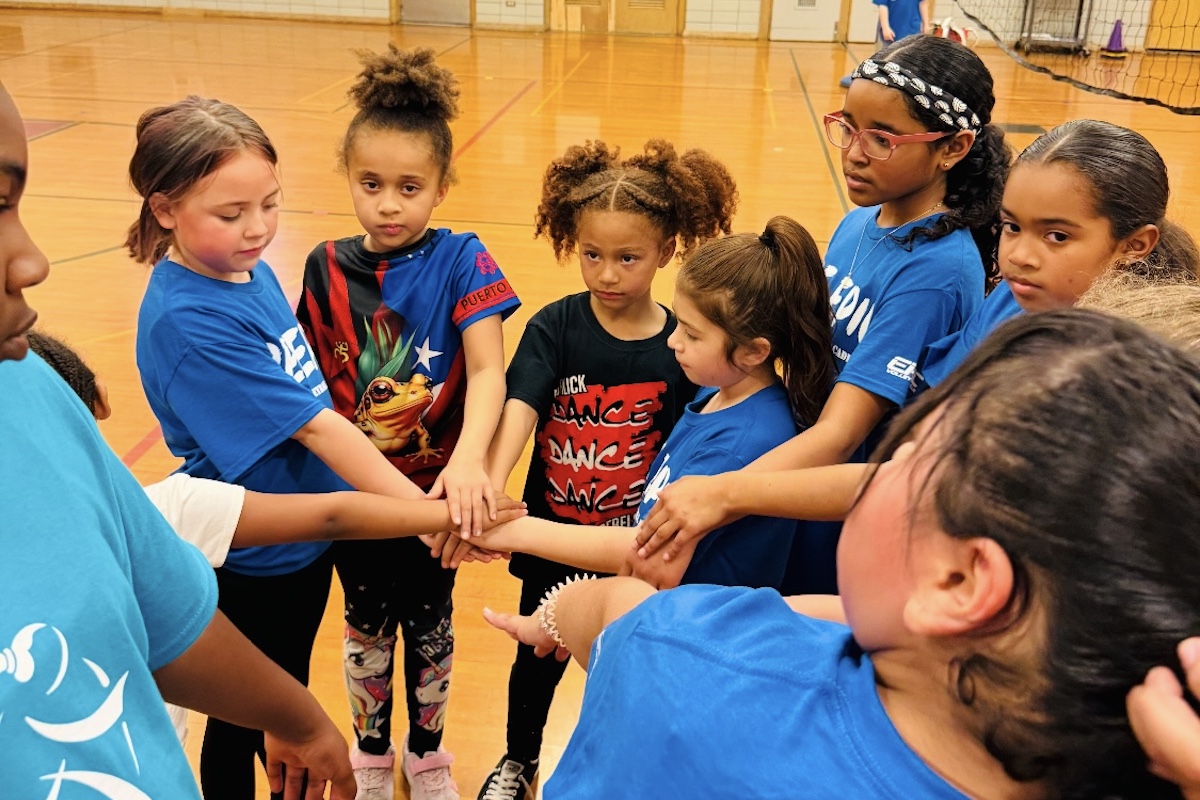“Some coaches believed they could judge a player’s performance simply by watching it. In this they were deeply mistaken. The naked eye was an inadequate tool for learning what you needed to know to evaluate baseball players and baseball games. Think about it. One absolutely cannot tell, by watching, the difference between a .300 hitter and a .275 hitter. The difference is one hit every two weeks. The difference between a good hitter and an average hitter is simply not visible—it is a matter of record.”
– Michael Lewis
Q: Why do stats matter?
Overview: We will be briefly going over the 6 main skills which are Serve Receive Passing, Serving, Attacking, Blocking, Digs, and Setting. We will learn the outcomes of each skill and the way we can effectively measure the stats for each skill.
SERVE RECEIVE PASSING
Definition: the first contact that is received from an opponent serve, usually received as a forearm pass.
Outcomes: Reception Attempt, Reception Error
Reception Attempt (RA) – whichever player receives the first contact from an opponent serve and it stays in play.
Reception Error (RE) – when a player fails to receive an opponent serve and it results in a point for the opponent.
How to Measure: Scale from 0-3
- 0 = Given to the passer if they get fail to receive the pass and keep it in play. The passer’s team has 0 attacking options.
- 1 = Given to the passer for any playable ball kept on their side of the net. The team has 1 option to set up an attacker.
- 2 = Given to the passer when setter is able to set up 2 attackers.
- 3 = Given to the passer for a perfect pass to target. The setter has the option to set all 3 attackers.
Formula: Total Pass Points/Total Pass Attempts = Serve Receive Pass Average
(not an official NCAA stat, however College coaches do like to know)
SERVING
Definition: The first contact that starts every rally is called a “serve”. Usually done with one open hand to swing overhead and send the ball over the net from behind the end line.
Outcomes of a Serve: Ace, Error, Attempt (zero serve)
Service Ace – Ball served results in a direct point.
Service Error – Ball is out, in the net, server crosses the end line, etc.
Zero Serve – Ball is kept in play
How to Measure: Scale: 0 – 4
- 0 = Given to the server for a service error: out of bounds, in the net, crossed the end line.
- 1 =Given to the server for any serve that the opposing team passes in system and is able to set any front row hitter.
- 2 = Given to the server when the opposing team is able to pass the ball to their setter and they can set 2 front row hitters.
- 3 = Given to the server when the opposing team is only able to keep the ball in play, they may attack the ball but if the setter gets to the ball they are only able to set on front row hitter.
- 4 = Ace – as define in serving stat, results in a point serving team
Formula: Total Service Points/ Total Service Attempts = Serving Average (Not an official NCAA stat, however College coaches do like to know)
ATTACKING
Definition: Typically on the third contact, usually, using one open hand to send over the net with the intent to score. Also called a hit/attack/spike.
Outcomes: Kill, Attempt, Error
- Kill (K): an attack that results in an immediate point
- Attempt (A): an attacked ball that stays in play, does not lead to an immediate point
- Error (E): an attack that directly results in a point for the opposing team. Ball hit out of bounds, into the net, blocked, center-line violation, illegal contact, antenna fault, 10 foot line violation, and a 4 hit violation.
How to Measure: Total Attacks (K – E)/ Total Attempts(K+E+A) = Hitting %
BLOCKING
Definition: This move/contact is made by a player at the net to prevent the ball from coming over when an opposing player is attacking. This move is made with two extended arms, wide open hands pressed over the net.
Outcomes: Solo, Assist, Error
- Block Solo – when ONE player jumps and blocks the ball immediately leading to a point
- Block Assist – 2-3 players jump to block immediately leading to a point. It DOES NOT matter which player actually touches the ball.
- Block Error – when a players attempts to block and touches the net, crosses the center- line, leading directly to a point for the opponent. The referee calls a net violation.
- Ball kept in play – no blocking stat is recorded
How to Measure: Tally each block and use the below formulas to come up with each stat.
Player – total blocks + 1/2 block assists
Team – total blocks + 1/2 block assists
DIGGING
Definition: when a player receives an attacked ball that keeps the ball in play. You cannot
get a dig from anything other than an ATTACK.
Outcomes: Dig, Error (BHE)
- Dig – Ball that is dug and can be used to get a 2nd contact in, usually a set to an attacker (Dig to Convert)
- Ball handling error: this call is hardly made, 1st contact balls are much looser than 2nd or 3rd contact balls, however when called it will be for a Double, Lift, or Throw.
How to Measure: Tally each dig, assign an outcome, add each at the end of each Match
SETTING
Definition: 2nd ball that is contacted with both hands above the head using a upward and forward motion toward an attacker, sometimes done with a forearm pass, all with the intent to score a point.
Outcomes: Assist, Error (BHE), Zero Assist (Attempt)
- Assist– when a player passes, sets or digs ball to teammate who attacks it and gets a kill
- Assist Error/ball handling error – an assist results in an error, MOST times this is called a BHE: double contact, thrown ball, lifted ball
- Attempt (does not lead to a kill) – a set that does NOT result on a kill
- Kill – a set over (dump) that leads to an immediate point. Counted as an Attack Kill.
How to measure: Tally each set, assign an outcome, add each at the end of each Match
There are many apps and programs designed to make taking play by play stats easy during matches and analyzing stats after the match less time consuming.
For additional education on stats, game management and coaching tools visit the JVA Member Education.
Keano is currently coaching for West High School as an assistant and in her third year of coaching a national level team for High Country Volleyball, a JVA member club in Kearns, Utah. She has also coached for East High School and Union Volleyball Club. . Keano has coached all ages and levels of club volleyball and loves working with the girls. She is the lead statistician for our club and trains all our other coaches, parents and players how to improve their level of play through the tracking of stats.







